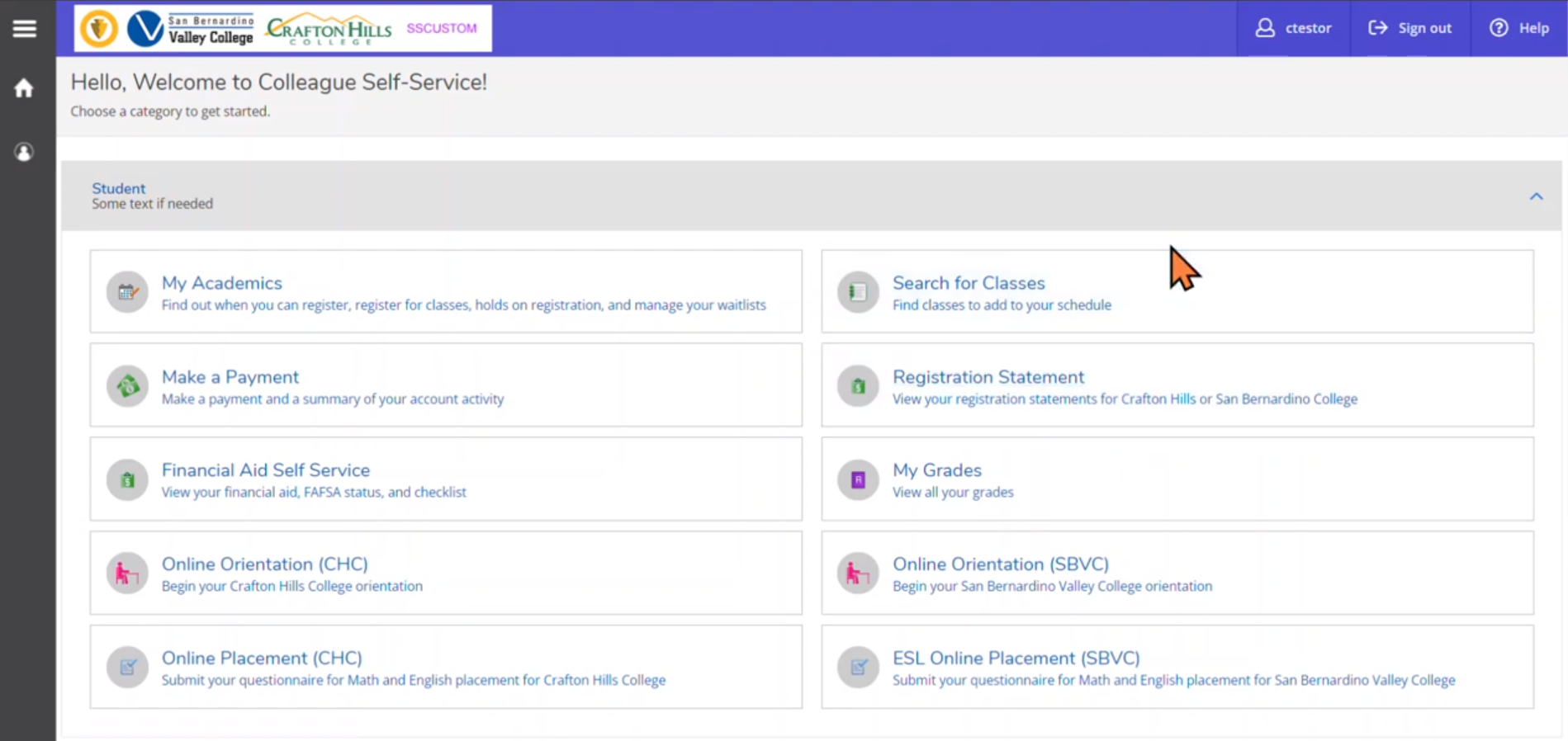Who are Crafton Hills College ESL/Multilingual Students?
Although our ESL/multilingual students predominantly identify as female, Hispanic, and between 35 and 50 years or older, students who enroll in our program come from all over, including Egypt, Syria, Ukraine, Thailand, Venezuela, Peru, and other parts of the world. They have diverse educational backgrounds, ranging from high school diplomas to advanced degrees. Some have lived in the U.S. for some time, while others are just newly arrived. They come with interesting life stories, diverse experiences, and varied goals.
Why are you using the terms “ESL/Multilingual”?
The Conference on College Composition and Communication Statement on Second Language Writing and Multilingual Writers endorses the term multilingual to describe those individuals who speak languages other than English and who are often referred to by other terms such as English as a Second Language (ESL), English Language Learners (ELL), Second Language (L2), and many other such descriptors.
Historically, individuals who fall within this population have been referred to as “English as a second language” or simply as “ESL.” However, many scholars and researchers have moved away from using the ESL descriptor because it does not accurately reflect the characteristics of this population (Working with Multilingual Writers). For instance, some students may be learning English as a third (fourth or fifth) language while others may have learned and may use English at school but speak another language at home. The range in experiences and characteristics of those within this group vary greatly so much so that Gail Shuck, a multilingual scholar, notes that “[n]o single label that has been used to describe this ‘population’ can encompass all of the students we’re talking about” (65).
With that said, terminology is critical as it can reflect as well as construct our views. This, in turn, can shape the programs we create and the experiences of our students (Costino and Hyon; de los Reyes). As it is, the most commonly used term “ESL” carries the stigma of deficiency and can thus have “negative impacts on students in terms of assessment, placement, and academic ability” (Working with Multilingual Writers). And so, to counter the stigma and its impacts as well as to focus on the assets that our students bring to the classroom, we hope to eventually transition to using the umbrella term multilingual to refer to those who fall within the categories aforementioned. For now, we are using both ESL/multilingual descriptors together until more people become familiar with the term multilingual.
